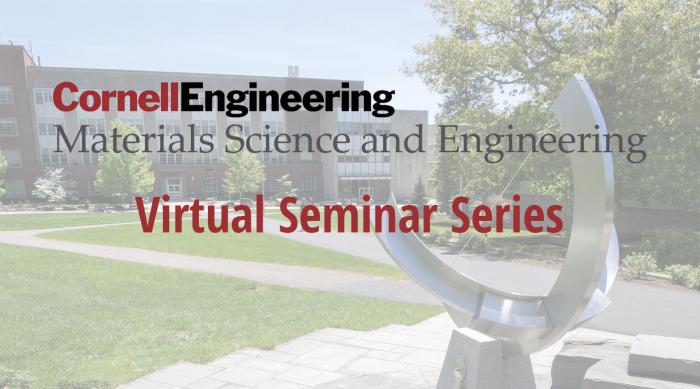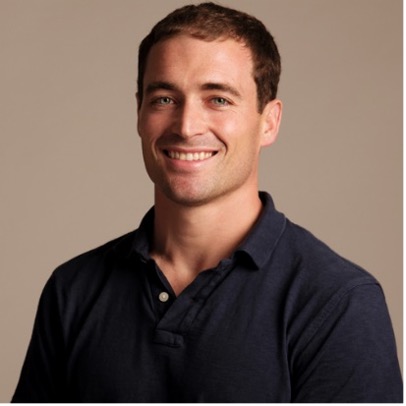
MSE Virtual Seminar Series: Daniel Esposito, Columbia
Description
Electrocatalysis through Glass
Daniel V. Esposito

Associate Professor, Department of Chemical Engineering, Columbia University
Electrocatalysis underlies many emerging clean energy technologies, such as fuel cells, electrolyzers, and photoelectrochemical cells. However, continued improvements in electrocatalyst activity, durability, and selectivity must be achieved in order for these technologies to make meaningful contributions to a sustainable energy future. In this presentation, I will describe unconventional electrocatalyst architectures for which the active electrocatalyst material is encapsulated by ultra-thin overlayers made of permeable silicon oxides (i.e. glass). These oxide layers are synthesized using a room temperature wet chemical process that deposits uniform oxide overlayers onto thin films of platinum. Electroanalytical measurements show that these oxide overlayers can be selectively permeable to certain electroactive species and thereby enable efficient and selective electrocatalysis at the buried interface between the oxide overlayer and active catalyst. I will present several examples that show how the thickness and/or composition of silicon oxide overlayers can be used to analyze their transport properties and view the influence of mass transfer on the performance of thin film electrocatalysts. This talk will also describe characterization of the electroactive buried interface and discuss challenges and opportunities for controlling reaction pathways through modification of the physical, chemical, and/or structural properties at the interface. Importantly, this work highlights the potential of oxide-encapsulated electrocatalysts to serve as a tunable platform for efficient and stable electrocatalysis and/or photoelectrocatalysis of a variety of electrochemical reactions.
References
[1] D.V. Esposito, ACS Catalysis, vol. 8, pp 457–465, 2018.
[2] N. Y. Labrador, et al.,ACS Catalysis, vol. 8, 1767–1778, 2018.
[3] M.E. Beatty, et al.,ACS Applied Energy Materials, vol. 3, 12, 12338-12350, 2020.

